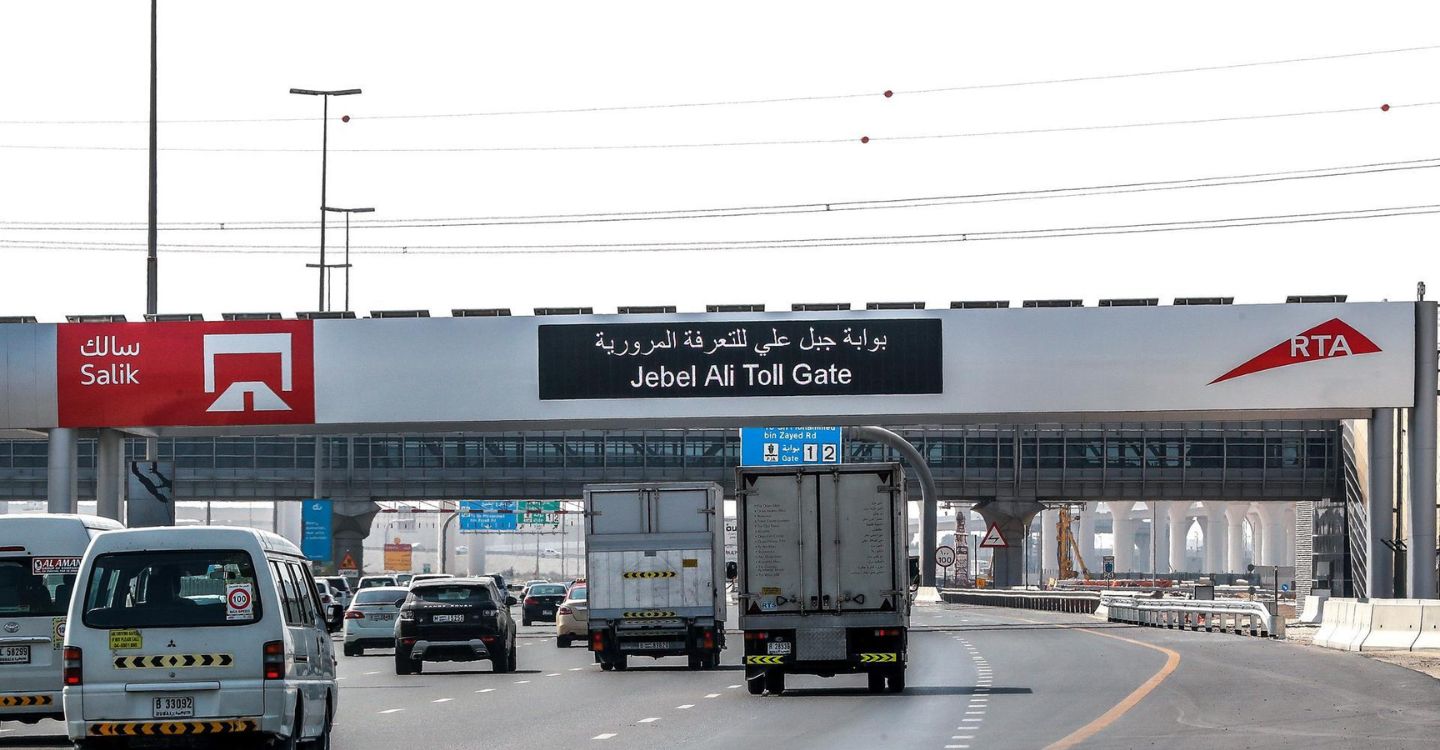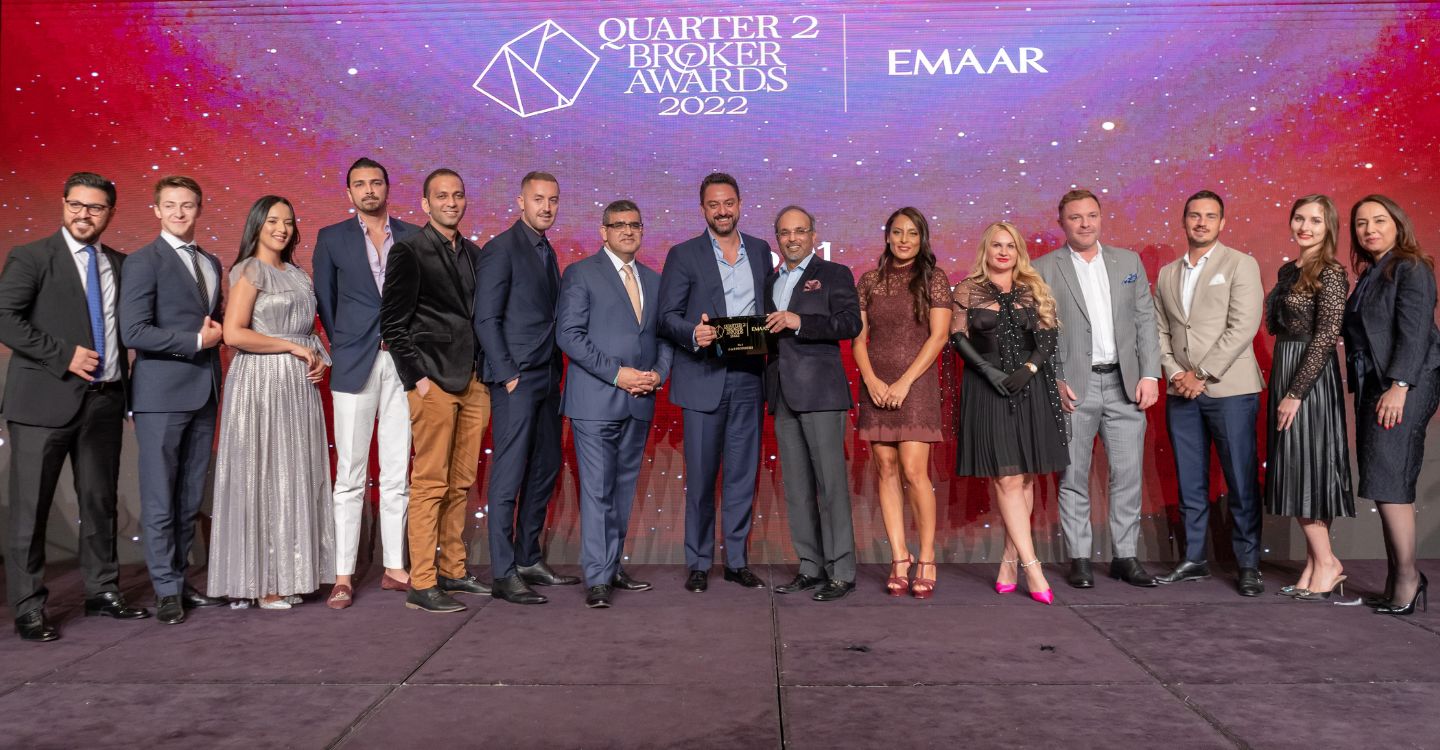The real estate market in Dubai has long been recognized as one of the most dynamic and sought-after markets in the world, attracting a diverse range of investors from across the globe. Its rapid growth, coupled with the city's visionary urban development, has created an ecosystem that offers lucrative opportunities for both local and international buyers. Whether you are a seasoned investor looking to expand your property portfolio or a first-time buyer stepping into the world of real estate, the secondary market in Dubai provides a wealth of options.
Properties in the secondary market are those that have already been developed and owned by someone else, making this segment a vital component of the overall real estate landscape.
However, navigating this market requires a clear understanding of the legalities involved, as it can be both complex and intricate. Among the various legal documents that play a crucial role in such transactions, Form F stands out as one of the most essential. This form, often referred to as the Memorandum of Understanding (MoU), is the official contract that binds the buyer and seller in a property transaction within the secondary market. It is not just a mere formality; it acts as a cornerstone that ensures both parties are protected by clearly outlining the terms and conditions of the sale. Given the substantial financial commitment and the legal implications of purchasing or selling property, Form F serves as a safeguard, providing clarity and structure to the process.
For anyone involved in a secondary market transaction in Dubai, understanding Form F is imperative. It is much more than just a piece of paper; it is a legal instrument that facilitates transparency, minimizes the risk of disputes, and ensures that both the buyer and seller are fully aware of their rights and obligations. It is through this document that the agreed terms, such as the sale price, payment schedule, and handover conditions, are clearly stated and legally formalized. With Dubai's real estate market being fast-paced and competitive, having a solid grasp of Form F helps ensure that the transaction proceeds smoothly and without any legal hurdles.
In this comprehensive guide, we will take a deep dive into what exactly Form F entails, why it is such an integral part of secondary market transactions, and how it functions to bring transparency and security to both buyers and sellers. We will also explore the critical steps involved in completing a real estate transaction in Dubai's secondary market, shedding light on the role of Form F throughout the process. Whether you are new to the real estate market or a seasoned investor, understanding Form F and its significance will equip you with the knowledge needed to navigate Dubai’s real estate market with confidence.
What is Form F?
Form F is an official contract issued by the Dubai Land Department (DLD) and is part of the set of standardized forms created under RERA (Real Estate Regulatory Agency) to ensure all real estate transactions are uniform, transparent, and legally binding. It is specifically designed for secondary market sales transactions, which refer to properties being sold by an existing owner, rather than directly from a developer (known as off-plan sales).
Form F is the Memorandum of Understanding (MoU) that sets out the agreed terms and conditions of the sale between the seller and buyer. It is signed once both parties have agreed on the price and all other details, acting as a precursor to the formal transfer of ownership.
Why is Form F Important?
Form F is crucial because it clearly outlines the responsibilities and obligations of both the buyer and the seller. It ensures that each party understands the terms of the transaction and protects both sides from potential disputes or misunderstandings.
In a secondary market transaction, Form F legally binds both parties to the agreement, preventing either side from backing out or changing the terms without consequence. If either party breaches the agreement after signing, the non-breaching party can seek legal remedies based on the clauses within Form F.
Key Elements of Form F
Form F typically includes the following elements:
1. Parties Involved: Details of the buyer and seller, including full names, nationalities, and contact information.
2. Property Details: Full details of the property being sold, including location, size, type, plot number, and title deed information.
3. Agreed Price: The final sale price agreed upon between the buyer and seller, as well as the payment schedule if any portion of the payment is deferred.
4. Deposit Amount: Details regarding the deposit amount the buyer needs to pay to secure the property. This amount is typically 10% of the purchase price and acts as a form of commitment to proceed with the transaction.
5. Completion Date: The agreed date for the transfer of ownership and final payment.
6. Other Fees: Any additional fees such as agency fees, NOC (No Objection Certificate) fees, and transfer fees, along with a breakdown of who is responsible for paying them.
7. Other Conditions: Any specific conditions or clauses agreed upon by both parties, such as property handover conditions, pending repairs, or agreed modifications.
How is Form F Used in a Secondary Market Sales Transaction?
The use of Form F is an integral part of the secondary sales process. Here’s a step-by-step breakdown of how it fits into a typical property transaction in Dubai’s secondary market:
1. Initial Agreement
Before Form F is completed, the buyer and seller agree on the terms of the sale, including the price, payment terms, and any special conditions. At this stage, the involvement of a real estate agent licensed by RERA is essential. The agent assists in the negotiation process and prepares the Form F document for both parties.
2. Preparation and Signing of Form F
Once all terms are agreed upon, the agent drafts Form F, capturing all relevant details. Both the buyer and seller must carefully review the document to ensure that all terms match their understanding of the agreement.
When both parties are satisfied, Form F is signed by the buyer, seller, and the real estate agent, making it legally binding. At this point, the buyer is typically required to pay the deposit, which is held in an escrow account or by the real estate agent until the transfer of ownership is complete.
3. Submission of Documents
Once Form F is signed, both parties must submit the necessary documents for the transaction to proceed. These typically include the buyer’s identification (passport and visa), the seller’s title deed, and other relevant documents required by the Dubai Land Department.
4. Obtaining the No Objection Certificate (NOC)
The seller must obtain a No Objection Certificate (NOC) from the property developer, confirming that there are no outstanding service charges or other liabilities on the property. This step is crucial, as the developer must approve the sale before it can proceed to the DLD.
5. Transfer of Ownership
After the NOC is obtained, the buyer, seller, and agent proceed to the DLD Office to finalize the sale. The buyer pays the remaining balance of the purchase price, and the transfer fee is settled (typically 4% of the sale price, paid to the DLD).
Once all payments and documentation are in order, the DLD processes the transfer, and a new title deed is issued in the buyer’s name. This is the final step in the sale.
6. Closing the Deal
With the title deed issued to the buyer, the transaction is considered complete. The agent releases the deposit to the seller, and the property officially changes hands. The buyer now assumes ownership, and the seller receives full payment as agreed upon in Form F.
Legal Implications of Form F
Once Form F is signed, both parties are legally bound to complete the transaction according to the terms set forth. If either party breaches the agreement, they could face legal consequences. For instance:
• If the seller backs out, they may be required to return the buyer’s deposit and potentially compensate the buyer for any damages.
• If the buyer backs out, they may forfeit their deposit as compensation to the seller for lost time and potential financial losses.
In either scenario, the real estate agent may assist in mediating the situation, but both parties retain the right to seek legal action if the agreement is not honored.
What Happens if the Terms of Form F Change?
If either party wishes to amend the terms of Form F after signing, this can only be done with the written consent of both parties. The amendments must be added as an addendum to Form F and signed by all involved. Any changes without mutual agreement could result in legal disputes.
Conclusion: Form F as a Cornerstone of Dubai’s Real Estate Transparency
Form F plays an essential role in maintaining transparency and protecting the interests of both buyers and sellers in Dubai’s secondary real estate market. By ensuring that all key terms are agreed upon and legally binding before the transfer process begins, it minimizes the risk of disputes and enhances trust in the transaction.
In a fast-moving and highly competitive market like Dubai, understanding the importance of Form F and how it functions is crucial for any buyer or seller involved in a secondary market sale. Whether you are an investor or a first-time buyer, having a clear understanding of the legal documents involved ensures a smoother, more secure transaction in one of the world’s most exciting real estate markets.
By grasping the essentials of Form F, you can confidently navigate your secondary market property transactions in Dubai, knowing that your interests are safeguarded by this critical document.









































































































































































































